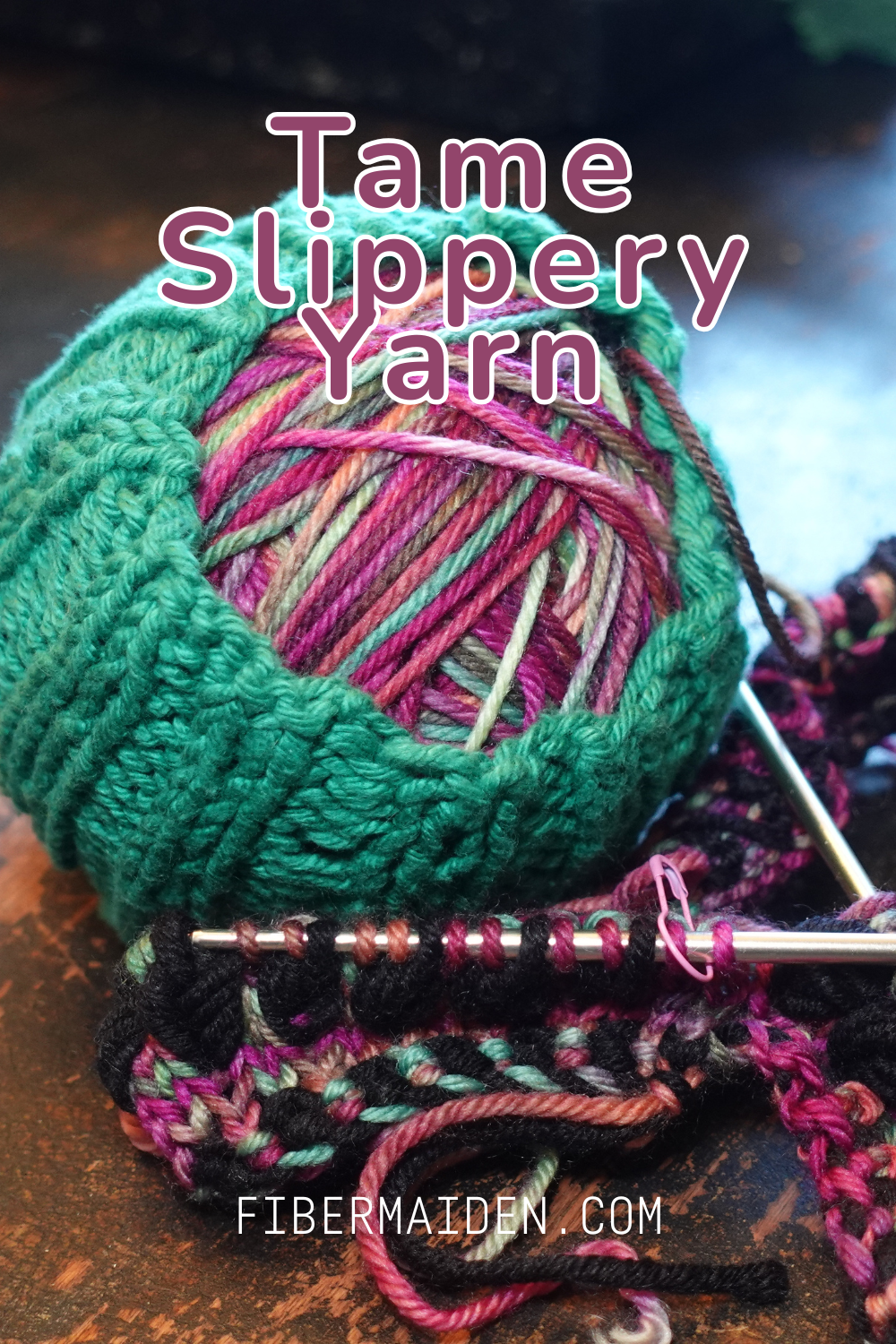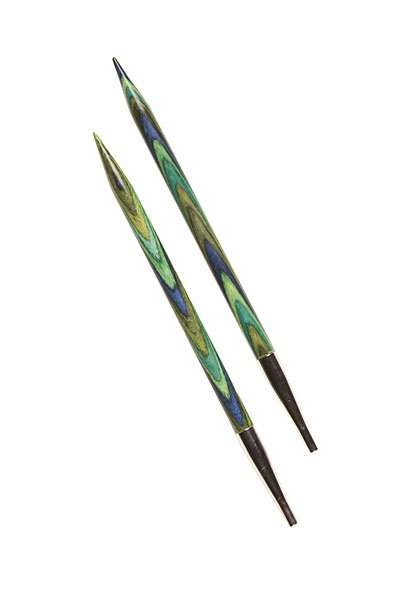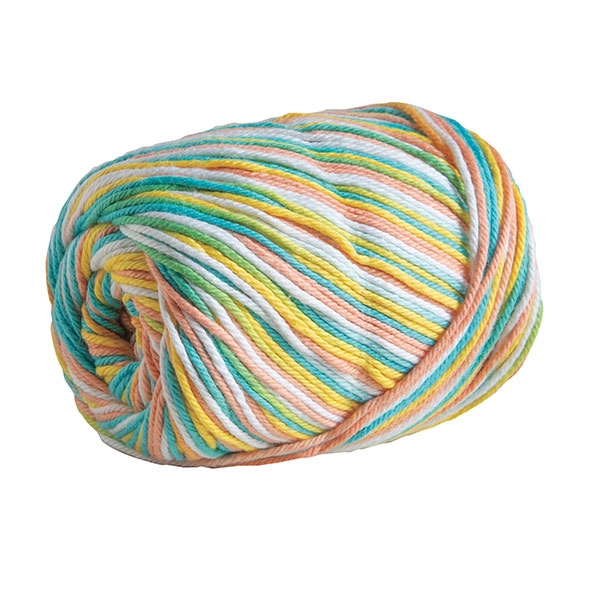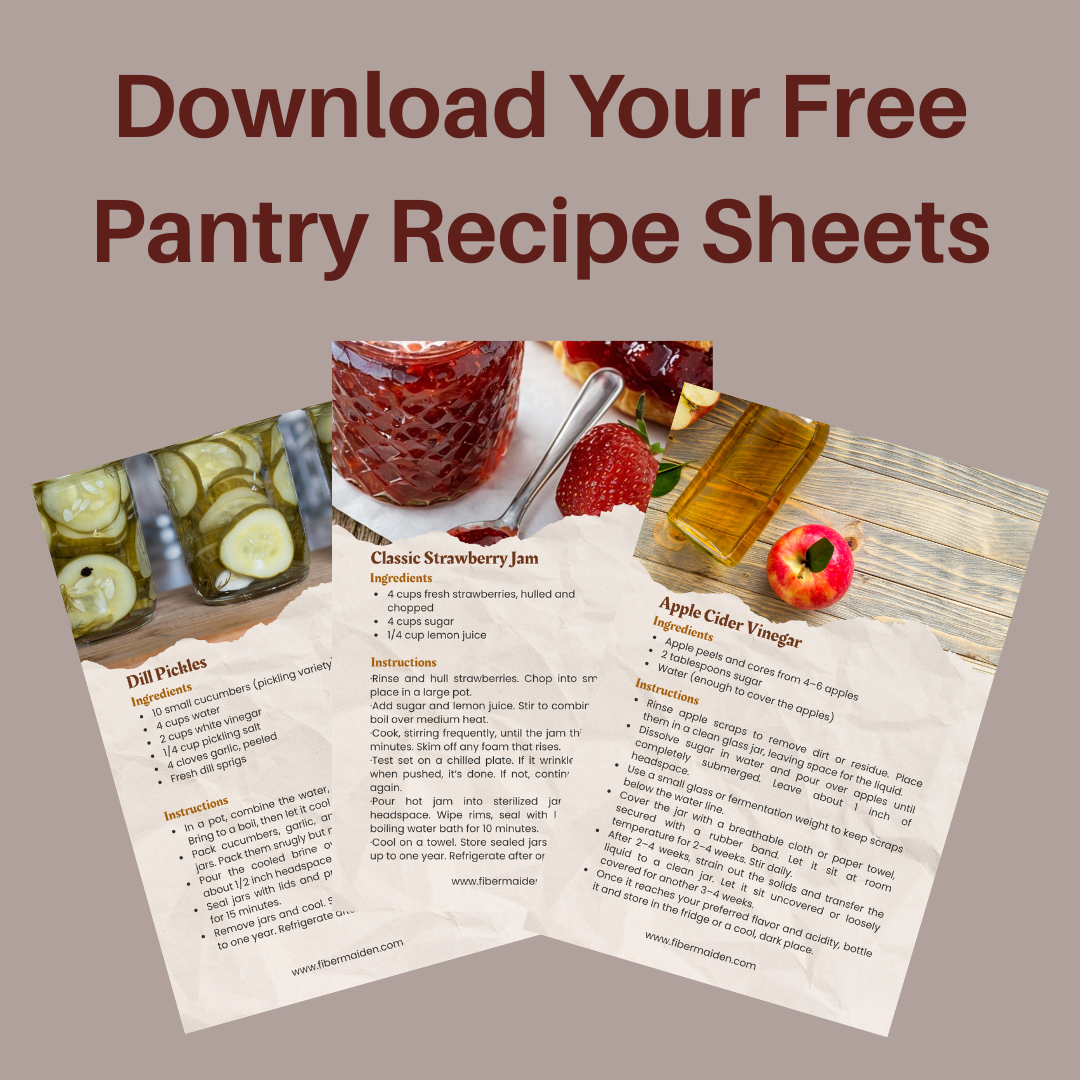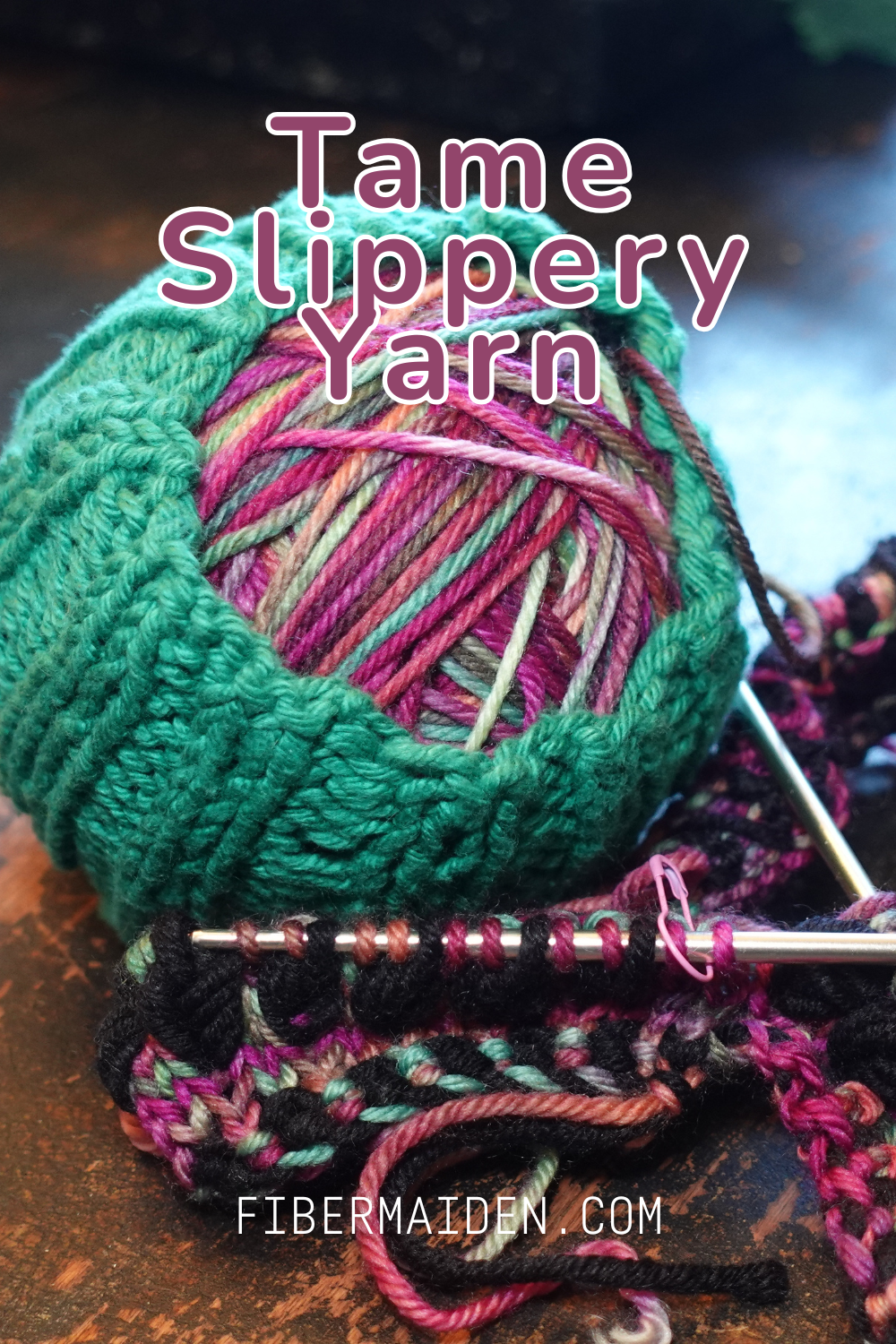The Ultimate Yarn Cake Cozy: Keep Your Projects Tangle-Free
There's nothing more frustrating than reaching for your yarn only to find your beautiful center-pull cake has collapsed into a tangled mess. If you've ever tried to knit on the go or packed yarn for a trip, you know exactly what I'm talking about. Your neat little cp1ke turns into a yarn disaster that takes longer to untangle than your actual knitting time.
I've been there too many times to count. Yarn cakes that looked perfect at home somehow transformed into yarn chaos the moment I put them in my project bag. That's when I realized I needed a simple solution that actually works, something that keeps my yarn organized without adding bulk or complexity to my knitting kit.
Enter the ribbed yarn cake cozy. This little stretchy sleeve is one of those "why didn't I think of this sooner" solutions that completely changes how you transport and store your yarn. It's quick to knit, uses minimal yarn, and honestly, once you make one, you'll want them for every project. It is also a great stash buster as well for all those precious balls of yarn with less than 100 yards.
Why Every Knitter Needs a Yarn Cake Cozy
Prevents cake collapse. Center-pull yarn cakes are convenient until they're not. The moment you stuff one in a bag or it gets jostled around, the structure can fall apart. A cozy keeps everything contained and maintains the cake shape even with rough handling.
Stops yarn tangles. Without something holding it together, loose yarn from a collapsed cake wraps around everything in your bag. Keys, phones, other yarn, you name it. The cozy creates a barrier that keeps your yarn where it belongs.
Protects your investment. Good yarn isn't cheap, and there's nothing worse than having to throw away yards of tangled yarn because it's easier than spending an hour trying to untangle it. A cozy protects your yarn investment.
Makes portable knitting actually portable. With a yarn cake cozy, you can confidently pack projects for travel, car trips, or knitting groups without worrying about yarn disasters. Make sure to check out our free printable Fiber Arts Quick Guide below.
Get The Guide
Ready to stop feeling lost every time you pick up needles or thread? This guide covers the core techniques, tools, and terms for knitting, crocheting, weaving, and simple sewing. No more guessing, just clear steps and beginner checklists so you can actually start (and finish) projects you love.
Disclosure
Some links on FiberMaiden are affiliate links. When you click and purchase, I may earn a small commission at no extra cost to you. I partner only with brands and tools I trust and use in my own kitchen, studio, and garden. Your support means a lot.
Get 3 Free Recipe Sheets
Ready for recipes that don't require a culinary degree to follow? Get seasonal recipe sheets designed for real kitchens and busy lives, the kind that work even when your kids are asking for snacks mid-prep.
The Perfect Quick Knit
This pattern hits that sweet spot of being incredibly useful while requiring minimal time and materials. You can knock one out in an evening while watching TV, and it uses so little yarn that it's perfect for using up odds and ends from your stash.
The ribbed construction is key here. Ribbing naturally stretches and contracts, which means the cozy hugs your yarn cake snugly regardless of slight size variations. Plus, the texture helps grip the yarn cake, preventing slipping that can happen with smooth fabrics.
Fit tweaks
Extra grip: work the first and last 4 rounds in k1 p1 rib.
Taller cakes: knit to 5.5–6 in.
Care
Hand wash. Lay flat to dry.
Customization Options
Extra grip: Work the last 4 rounds in k1 p1 ribbing for tighter hold around the edges.
Taller cakes: Knit to 5.5 to 6 inches for yarn cakes that are particularly tall.
Slippery yarns: If you're working with very slippery yarn that tends to slide around, hold a strand of clear elastic thread with your working yarn for the last 6 to 8 rounds.
Yarn and Fiber Choices
Cotton is ideal for yarn cake cozies because it's stable, machine washable, and has enough grip to hold onto yarn without being too sticky. Cotton also holds its shape well over time and won't stretch out with repeated use.
Smooth acrylic works beautifully and is often more budget-friendly than cotton. Look for acrylic with a slight texture rather than very slippery varieties.
Avoid wool for this project. While wool is wonderful for many knitting projects, it can be too grippy for a yarn cozy and may felt with repeated handling and washing.
Skip fuzzy yarns like mohair or brushed acrylics. You want smooth yarn that won't catch on your project yarn or shed fibers onto your knitting.
Care and Maintenance
These little cozies are practically indestructible with proper care. Machine wash on gentle cycle or hand wash in cool water. Lay flat to dry to maintain shape and prevent stretching.
The beauty of making them from cotton or acrylic is that they can handle regular washing, which is important since they'll be handling yarn and potentially picking up oils from your hands over time.
Making Multiple Cozies
Once you make your first yarn cake cozy, you'll probably want several. They're perfect for organizing your active projects, and different sizes accommodate various yarn weights and cake sizes.
Consider making them in different colors to coordinate with project types. Bright colors for work-in-progress projects, neutrals for stash storage, or specific colors for different yarn weights.
They also make fantastic gifts for knitting friends. Tuck one into a project bag with some lovely yarn, and you've created a thoughtful present that any knitter will appreciate and actually use.
The Bottom Line
This yarn cake cozy is one of those simple solutions that makes such a difference in your knitting life. It takes maybe two hours to knit, uses minimal materials, and solves a problem that every knitter faces.
Whether you're a beginning knitter looking for a quick, practical project or an experienced knitter tired of dealing with yarn chaos, this cozy delivers results. It's the kind of knitting accessory that you'll wonder how you lived without once you start using it.
Simple, practical, and genuinely useful. Sometimes the best knitting projects are the ones that make your knitting life easier, and this little cozy definitely fits that description.
Rib Knit Yarn Cake Cozy — FAQ
What does a yarn cake cozy do?
Is this beginner friendly?
What yarn and how much do I need?
Which needles should I use?
What size do I cast on?
How do I adjust for other yarn weights or cake sizes?
How tall should I knit the tube?
Does gauge matter?
Tips for slippery yarns (bamboo, silk, slick acrylic)?
Can I knit it flat and seam it?
Will it work for round balls, not just cakes?
Care instructions
Abbreviations used
Fiber Arts Quick Guide
One page for yarn weights, needle & hook sizes, gauge basics, and quilt math. Keep within reach while you work.
Yarn weights at a glance
| Weight | CYC # | Knit gauge (sts/4 in) • Needles US | Crochet gauge (sts/4 in) • Hook |
|---|---|---|---|
| Lace | 0 | 33–40+ • 000–1 | 28–36+ • Steel/B–C |
| Fingering / Sock | 1 | 27–32 • 1–3 | 21–32 • B–E (2.25–3.5 mm) |
| Sport | 2 | 23–26 • 3–5 | 16–20 • E–7 (3.5–4.5 mm) |
| DK | 3 | 21–24 • 5–7 | 12–17 • 7–I (4.5–5.5 mm) |
| Worsted | 4 | 16–20 • 7–9 | 11–14 • I–K (5.5–6.5 mm) |
| Bulky | 5 | 12–15 • 9–11 | 8–11 • K–M/N (6.5–9 mm) |
| Super Bulky | 6 | 6–11 • 11–17 | 5–9 • M/N–Q (9–15 mm) |
| Jumbo | 7 | 1–6 • 17+ | 0–5 • Q+ (15 mm+) |
Always swatch. Fiber content, twist, and your tension change gauge.
Needle and hook conversions
Knitting needles (US ↔ mm)
| US | mm |
|---|---|
| 0 | 2.00 |
| 1 | 2.25 |
| 2 | 2.75 |
| 3 | 3.25 |
| 4 | 3.50 |
| 5 | 3.75 |
| 6 | 4.00 |
| 7 | 4.50 |
| 8 | 5.00 |
| 9 | 5.50 |
| 10 | 6.00 |
| 10.5 | 6.50 |
| 11 | 8.00 |
| 13 | 9.00 |
| 15 | 10.00 |
Crochet hooks (Letter ↔ mm)
| Hook | mm |
|---|---|
| B | 2.25 |
| C | 2.75 |
| D | 3.25 |
| E | 3.50 |
| F | 3.75 |
| G | 4.00 |
| 7 | 4.50 |
| H | 5.00 |
| I | 5.50 |
| J | 6.00 |
| K | 6.50 |
| L | 8.00 |
| M/N | 9.00 |
| N/P | 10.00 |
Gauge and swatch basics
- Knit or crochet a 6 × 6 in swatch. Wash and lay flat to dry.
- Measure the center 4 in square. Count stitches and rows.
- Stitches per inch: stitches in 4 in ÷ 4. Rows per inch: rows in 4 in ÷ 4.
Cast on = target width (in) × stitches per inch + 2 edge stitches.
Rows to length = target length (in) × rows per inch.
Quilt and sewing quick math
- Seam allowances: quilting 1/4 in • garments 5/8 in
- Half-square triangles (HST): cut size = finished size + 7/8 in (or add 1 in and trim to square)
- Quarter-square triangles (QST): cut size = finished size + 1 1/4 in
- Binding estimator: total length = perimeter + 12 in; strip count = ceil(total ÷ WOF). Typical strip width 2.5 in
- Prewash tips: prewash reds/darks. Press, square the grain, then cut.
Labeling and project notes
- Yarn or fabric source, colorway, lot, and fiber content
- Gauge and needle or hook size
- Pattern name and size adjustments
- Wash and care instructions
© FiberMaiden • www.fibermaiden.com



